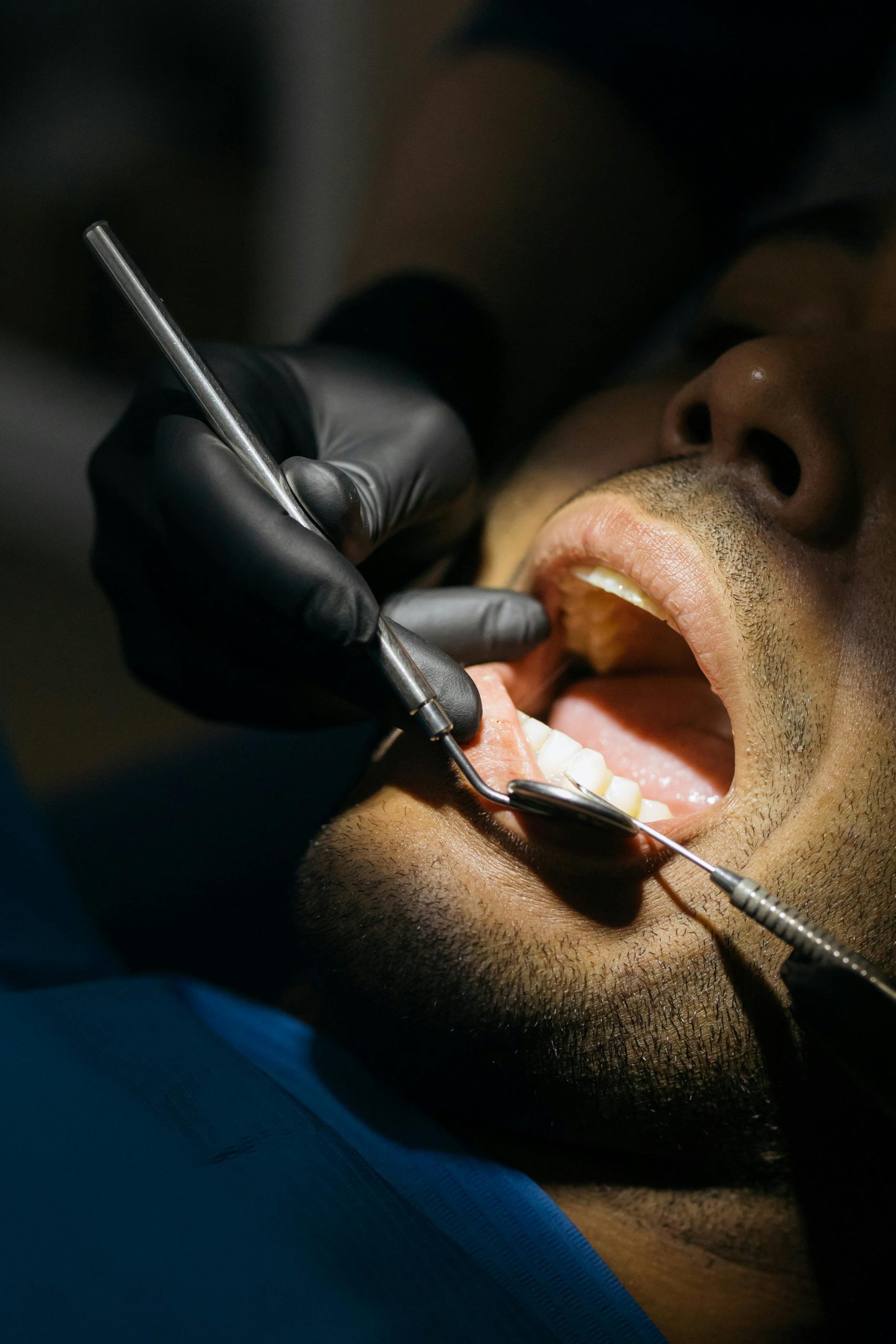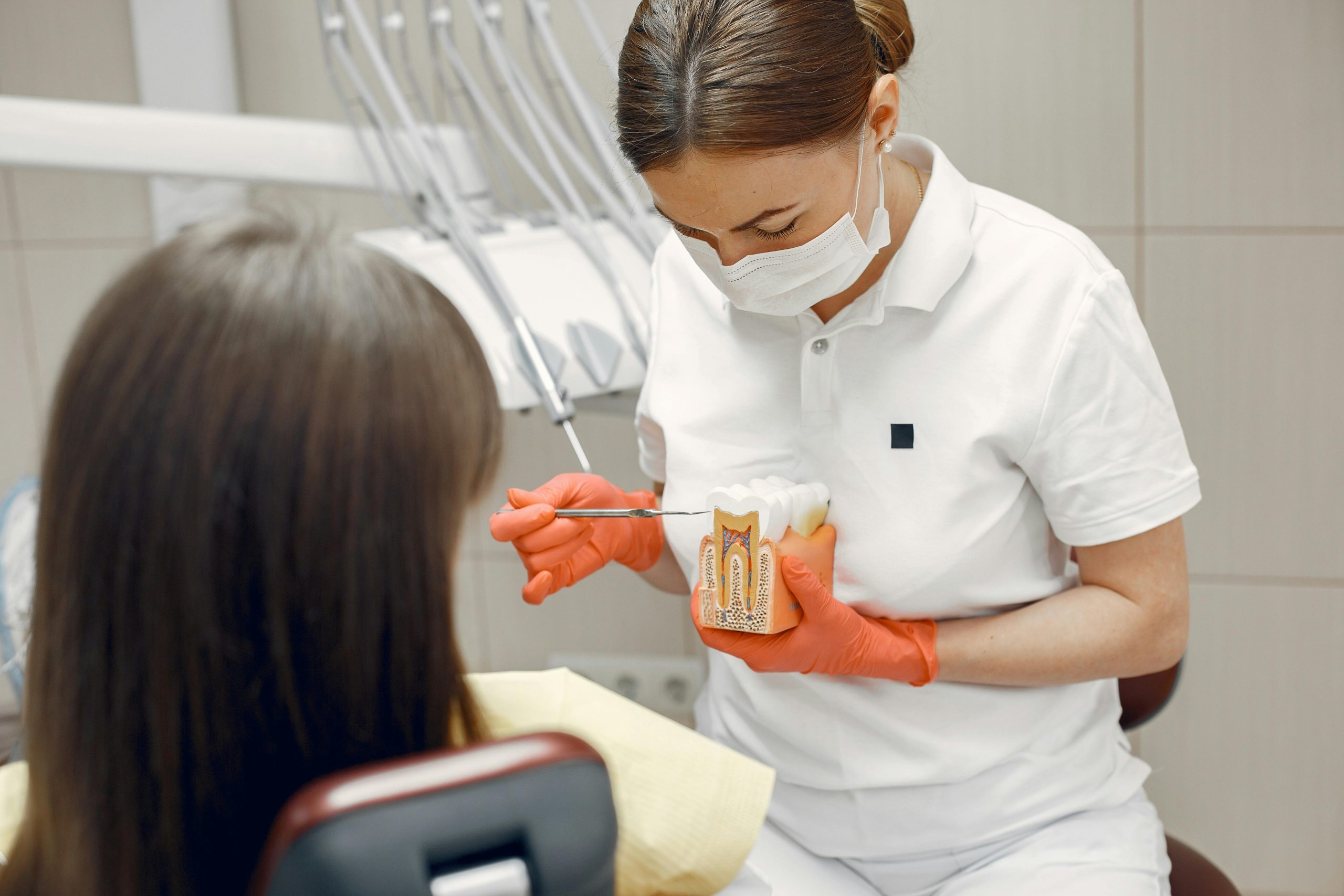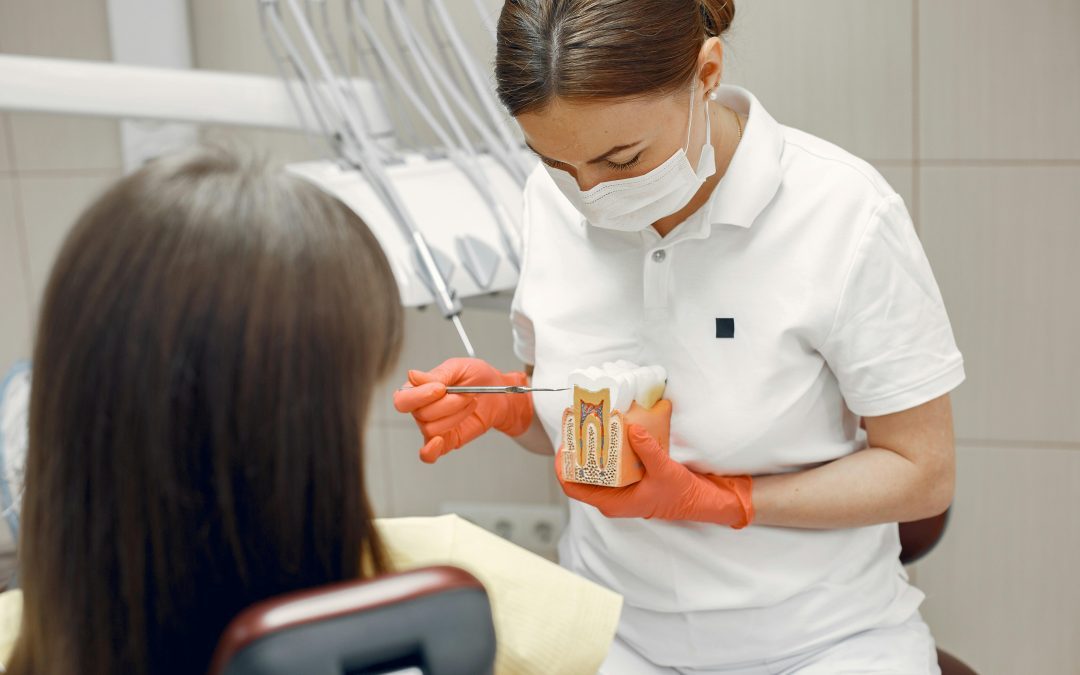
Root decay, though often overshadowed by its more commonly discussed counterpart, tooth decay, poses a significant threat to dental health and overall well-being. As the deterioration of the tooth’s root structure, root decay can lead to severe complications, including infection, tooth loss, and systemic health issues if left unchecked. Understanding the causes, symptoms, and preventive measures surrounding root decay is essential for safeguarding dental vitality and longevity.
Root decay, also known as root caries, arises when bacteria infiltrate and erode the softer dentin and cementum layers that compose the tooth’s root surface. Unlike enamel, which is fortified with minerals and resistant to decay, these underlying tissues lack such resilience, rendering them particularly vulnerable to bacterial assault. Contributing factors to root decay encompass poor oral hygiene, aging, gum recession, dry mouth, and dietary habits rich in sugars and acids.
Signs and symptoms of root decay manifest subtly initially, often eluding detection until the condition progresses significantly. Sensitivity to hot, cold, or sweet stimuli, especially at the gum line, may signal the onset of root decay. As the decay advances, individuals may experience persistent toothache, gum inflammation, or noticeable tooth discoloration. Left unaddressed, root decay can lead to abscess formation, tooth mobility, and eventual tooth loss, necessitating extensive dental intervention.
Preventing root decay hinges on cultivating diligent oral hygiene habits and adopting preventive measures tailored to mitigate risk factors. Regular brushing with fluoride toothpaste and flossing diligently remove plaque and debris from tooth surfaces, inhibiting bacterial proliferation and decay progression. Incorporating antimicrobial mouth rinses further enhances oral cleanliness, targeting bacteria in hard-to-reach areas and along the gum line.
Professional dental care plays a pivotal role in root decay prevention and early detection. Routine dental examinations enable dentists to identify signs of decay, assess gum health, and provide targeted interventions to fortify dental structures. Dental cleanings remove stubborn plaque and tartar build-up, reducing bacterial load and minimising decay risk. Additionally, dentists may recommend sealants or fluoride treatments to strengthen enamel and shield vulnerable root surfaces from decay.
Mindful dietary choices contribute significantly to root decay prevention, as sugars and acidic foods fuel bacterial activity and erosion. Limiting consumption of sugary snacks and beverages, opting instead for nutrient-rich foods like fruits, vegetables, and dairy products, supports dental health and minimises decay risk. Drinking water regularly aids in saliva production, which helps neutralise acids, remineralise tooth enamel, and wash away food particles, promoting oral hygiene and decay prevention.
For individuals at heightened risk of root decay due to factors like aging, dry mouth, or medication side effects, proactive measures are paramount. Using fluoride toothpaste and mouth rinses tailored for sensitive teeth strengthens enamel and mitigates decay susceptibility. Saliva substitutes or prescription-strength fluoride treatments may alleviate dry mouth symptoms and restore oral moisture balance, reducing susceptibility to decay and associated complications.
In cases where root decay has already taken hold, prompt intervention is essential to halt progression and preserve dental integrity. Depending on the extent of decay, treatment options range from minimally invasive measures like dental fillings or crowns to more extensive interventions such as root canal therapy or tooth extraction. Dentists employ advanced techniques and materials to restore damaged teeth and mitigate further decay risk, prioritising preservation of natural dentition whenever possible.
In conclusion, root decay represents a significant threat to dental health, necessitating proactive measures and vigilant care to mitigate risk and preserve dental vitality. By understanding the causes, symptoms, and preventive strategies surrounding root decay, individuals can empower themselves to safeguard their smiles and overall well-being. With a combination of diligent oral hygiene, regular dental care, mindful dietary choices, and prompt intervention when needed, root decay need not compromise dental health or quality of life.

Relevant Internal links:
- Transform Your Smile: Exploring Options to Enhance Your Dental Aesthetic
- Caring for Your Child’s Teeth: A Dentist’s Guide
- How Gum Disease Poses a Risk to Overall Health
- Give Yourself the Gift of White Teeth This Holiday
- Can I Get Braces with Missing Teeth?

